Would you like to know why your perlite is turning brown? Well, we have researched this topic and have answers for you. Understanding why your perlite is turning brown is vital to understand what you should do about it.
Perlite turns brown because dirt particles embed themselves into tiny holes staining it. You can wash the perlite with a bleach solution to remove the color, but it's only cosmetic and doesn't hurt the plants.
In this article, we will learn why your perlite is turning brown. We will also learn the answers to other interesting related questions, such as why your perlite is turning colors and how you remove the color from the perlite. Keep reading to learn more.
Why Is My Perlite Turning Brown?
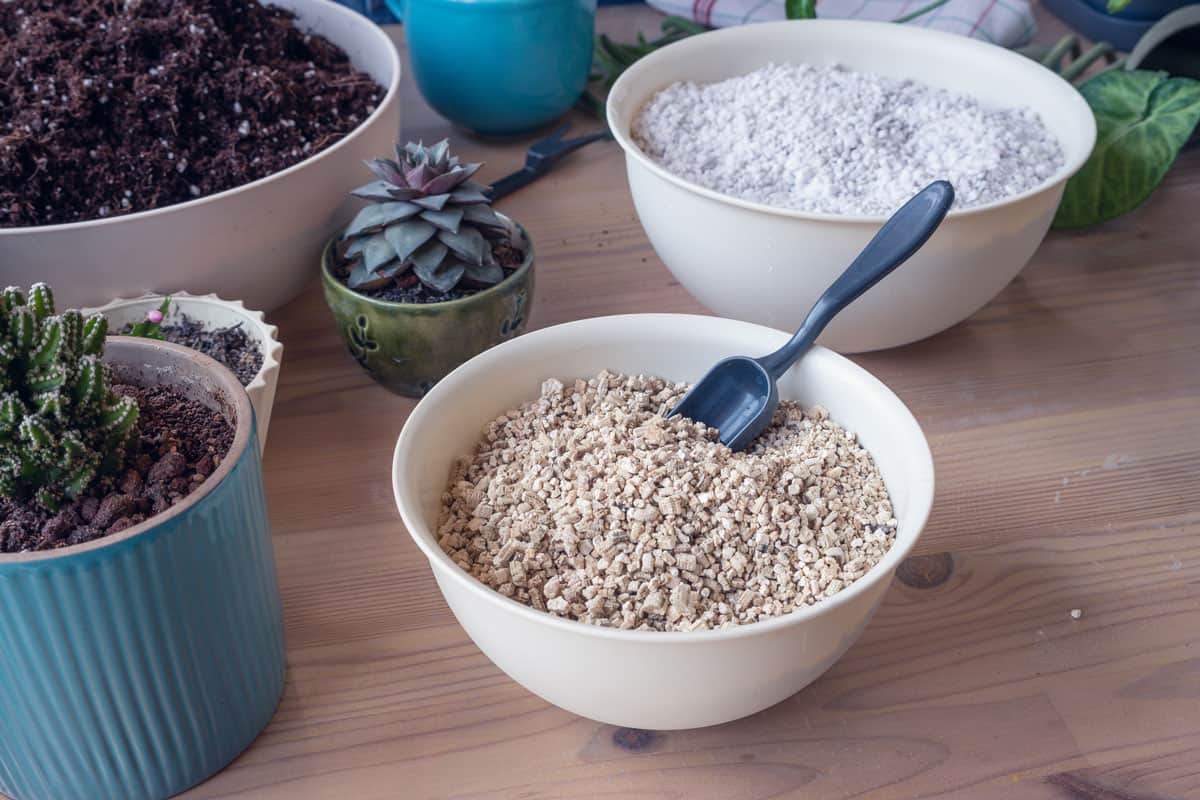
Perlite turns brown because dirt gets into it. Perlite contains tiny holes that work great for holding water and nutrients. The issue is that small dirt particles can get stuck inside, giving the perlite a brown color.
The good news is that the brown color doesn't affect the perlite's function or harm the plant.
Why Is My Perlite Turning Colors?
Other colors perlite can turn can affect the perlite's function or harm the plant. Let's learn what causes perlite to turn different colors and how it affects the perlite and the plant's health.
Black Perlite
If your perlite is turning black, then it's likely black mold. Black mold can be hazardous for both you and your plants. You will want to spray your plant and all the exposed perlite with an antifungal spray.
If you would like to buy a fungal spray to treat your black perlite, here are two of the best available on Amazon.
Garden Safe Fungicide 3
You can find this product here on Amazon.
Grower's Ally Fungicide
You can find this product here on Amazon.
The mold likely spread because the area was kept too wet. Reduce the time you water and allow the site to dry for a day or two before rewatering.
Green Perlite
An overgrowth of algae causes green perlite. When algae begin overgrowing in your perlite, it can clog the tiny holes preventing it from functioning correctly.
The algae will also compete for nutrients against your plants which can impede their growth. It would be best if you have green perlite to reduce the water in the area to allow the overgrowth of algae to reduce. It may also be good to stop watering for a few days to enable the site to dry.
Yellow Perlite
Yellow perlite is the product of minerals building up. When you use tap water on perlite, the trace minerals dissolved in the water slowly accumulate. Over time the minerals will start to change the color of the perlite.
The good news is that yellow perlite will still function properly and won't threaten your plants.
Orange Perlite
Orange perlite is also a build-up of minerals but is usually brighter than yellow perlite because it comes from fertilizers. Fertilizers can quickly change the color of perlite by depositing large amounts of minerals.
You may find that after using fertilizer, your perlite will start becoming orange. Like yellow perlite, orange perlite doesn't lose its aeration function and won't harm your plants.
How Do You Remove The Color From Perlite?
If you want to remove the color from perlite, you can wash it in a solution of water and bleach. Mix a solution of two gallons of water and half a cup of bleach in a five-gallon bucket.
Next, take your color-stained perlite and put it in a pillowcase. Tie the end of the pillowcase in a knot so no perlite can fall out, and submerge it into the bucket. Leave the perlite in the bleach water solution for 20 minutes to allow it to remove the color.
Now remove the pillowcase from the bucket and let running water run over it to rinse away any bleach. After thoroughly rinsing the pillowcase, open it to retrieve your color-free perlite.
One thing to note about this method for removing color from perlite is that it doesn't kill spores. If your perlite was black from mold, the bleach will remove the stain but not destroy the spores.
To kill off mold spores in your perlite, make another solution with half a cup of hydrogen peroxide after washing the perlite in the bleach solution.
The hydrogen peroxide will kill any spores that remain after the bleach wash.
What Can You Use In Place Of Perlite?
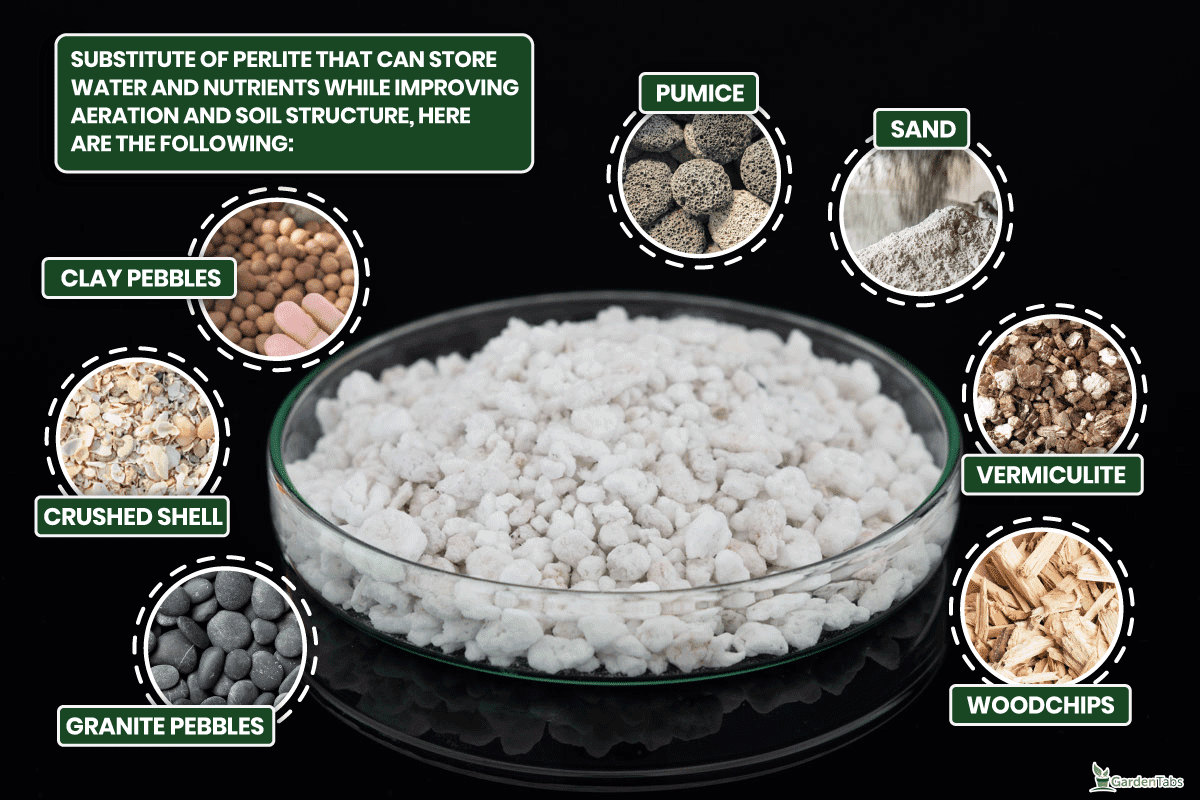
If you want a replacement for perlite, you need something that can store water and nutrients while improving aeration and soil structure. Let's look at several soil additives that can replace perlite.
Clay Pebbles
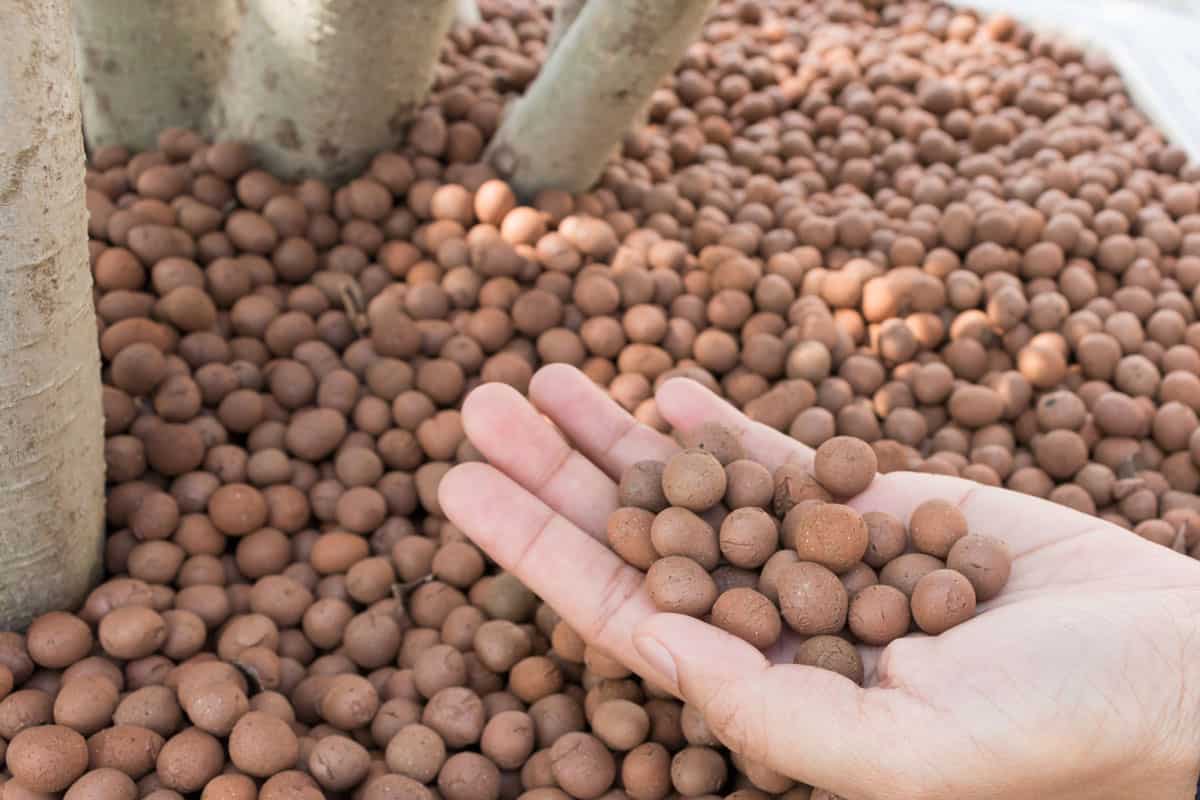
Clay pebbles can be used instead of perlite. Clay pebbles can hold water and nutrients and release them over time. They also can improve the aeration of the soil and be used to reduce evaporation.
There are two ways to use clay pebbles. The first method is to put a layer of clay pebbles at the bottom of your soil about two inches thick and a layer on the top of your soil. The bottom layer of clay pebbles will allow water to drain better, while the top layer will prevent too much water from evaporating.
Clay pebbles can also be mixed into your soil to improve aeration and absorb and release nutrients over time. Mix a few handfuls of clay pebbles for the other method into your soil to improve aeration. You can also combine both methods for a more significant effect.
Crushed Shell
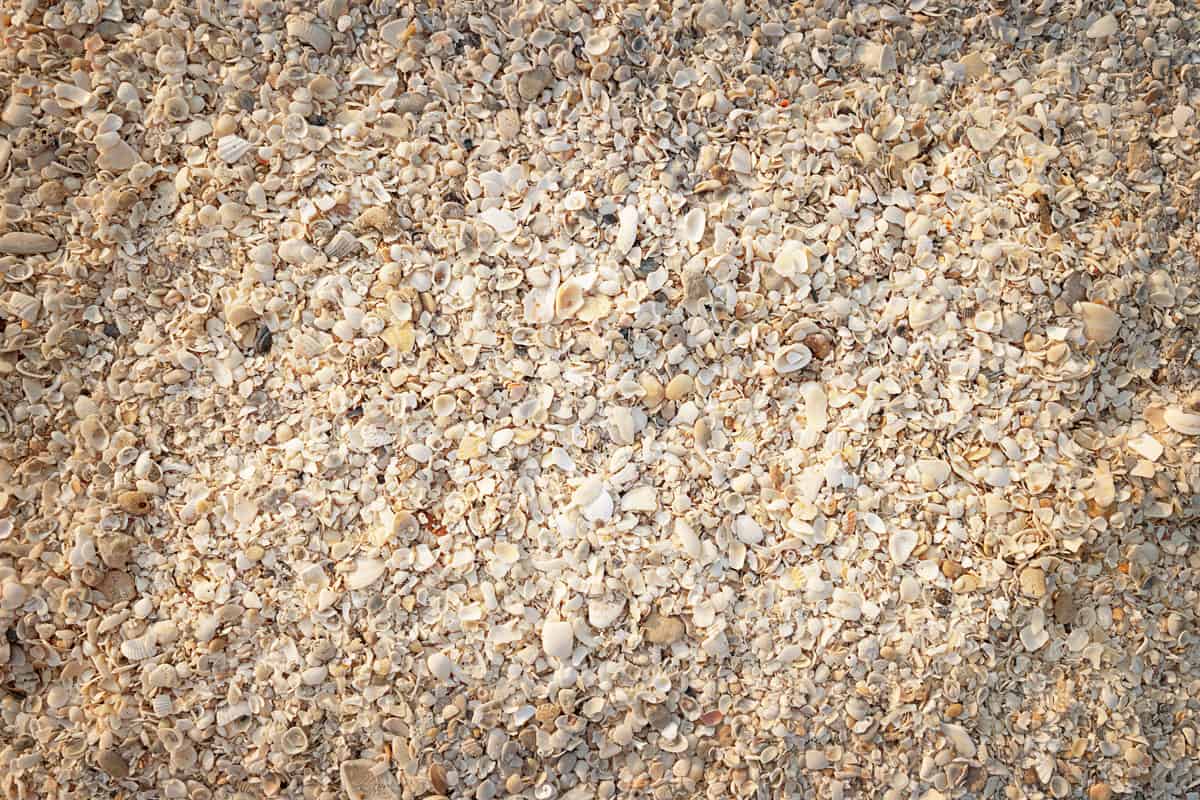
Crushed shells dissolve into the soil over time and release nutrients for your plants. Using crushed shells in place of perlite will greatly supplement nutrients over time.
Mix half a cup of crushed shell per gallon of soil. Next, transfer your plant to its new pot. If your plant is already established in a pot, then you can spread the crushed shell around the base of the plant.
Water will dissolve the shells and release the nutrients over time.
Granite Pebbles
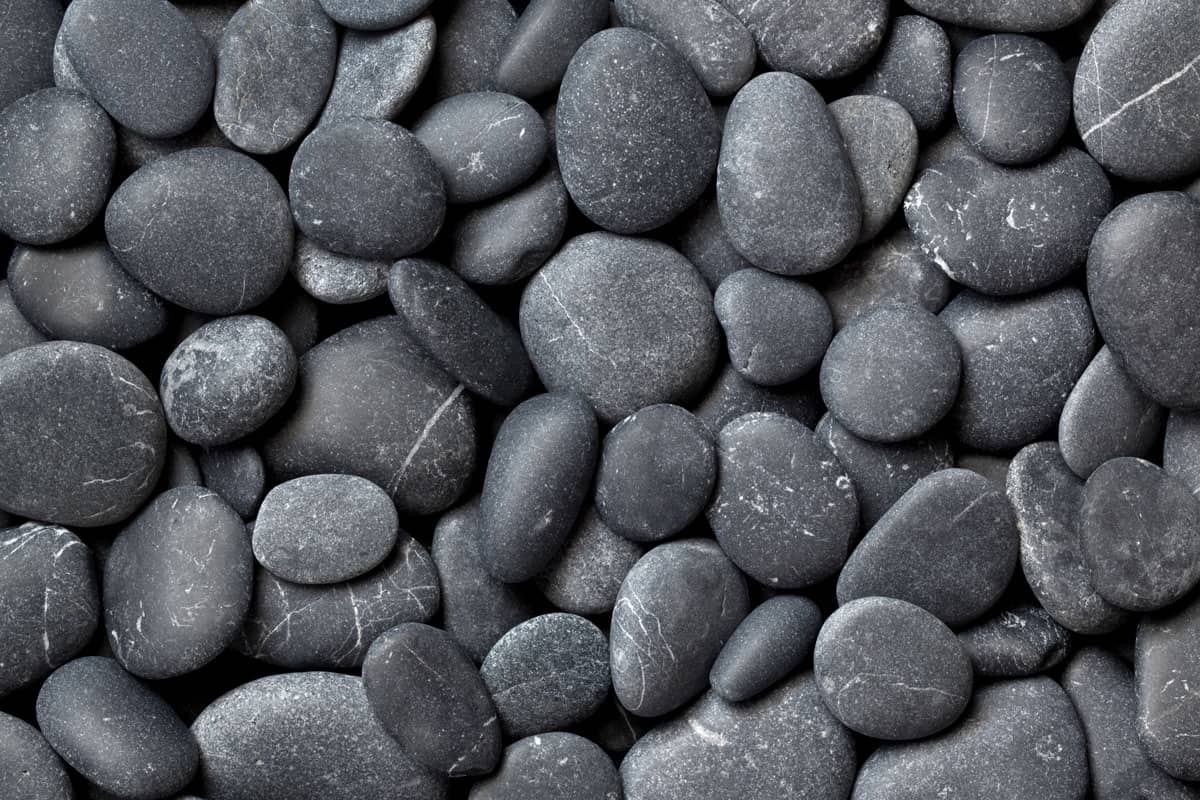
Granite pebbles can also be used in place of perlite. Like clay pebbles, granite pebbles will improve the aeration of your soil by providing space for air. Granite pebbles can also absorb water and release it into the soil over time.
To add granite pebbles to your soil, mix one cup of pebbles per gallon of soil. You can also add a layer of granite pebbles around the base of an established plant to improve water absorption and decrease evaporation.
Pumice

Pumice is very similar to perlite and makes an excellent replacement for it. Pumice absorbs water and nutrients and releases them over time. It also allows space for root growth and helps channel water through the soil.
Mix pumice with your soil so that one-quarter of the mixture is pumice. You can also add pumice around the top of your soil to improve water absorption and keep water from pooling.
Sand
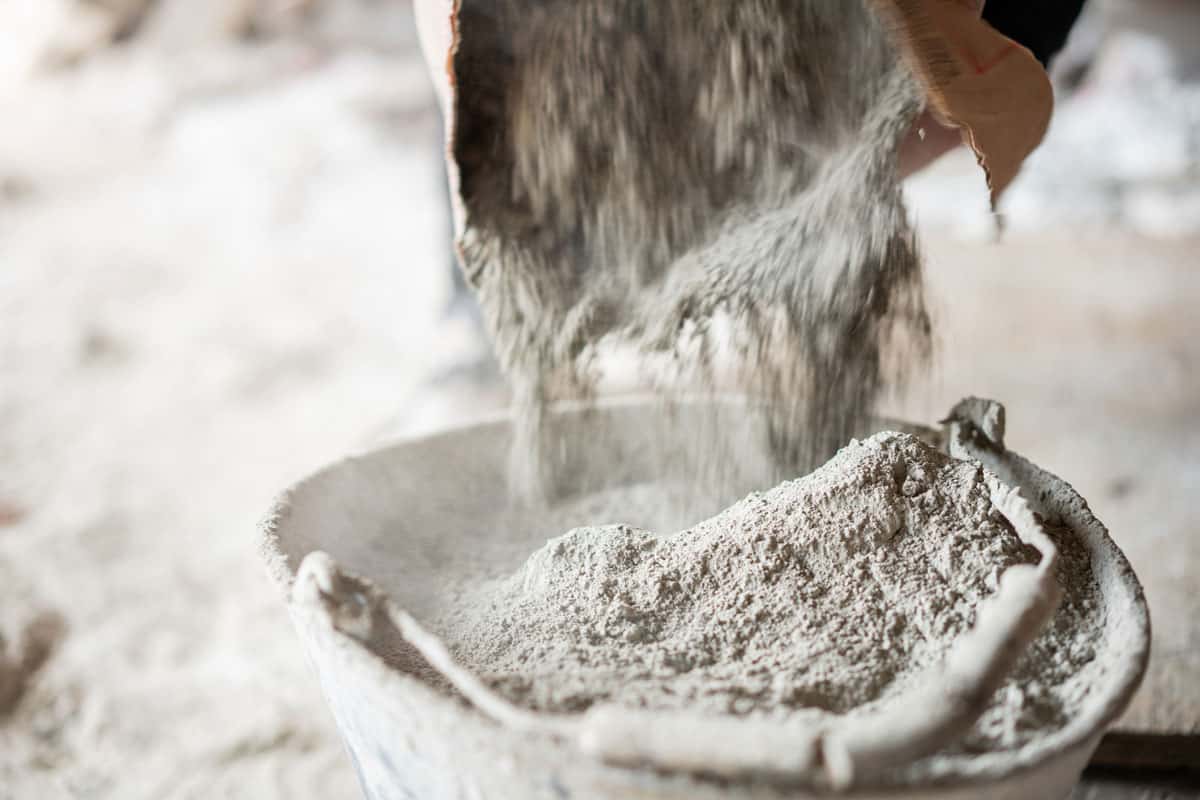
Sand is another substance that can improve soil, like perlite. When sand is added to soil, it helps to channel water through and improves aeration.
When adding sand to the soil, it's vital not to add too much. The ratio of sand to soil should be one to five. As long as less than twenty percent of the soil is sand, your plants will be healthy.
Too much sand and your plants' roots may dry too fast. If you add too much sand, you can always fix it by adding more soil or clay to help hold water.
Vermiculite
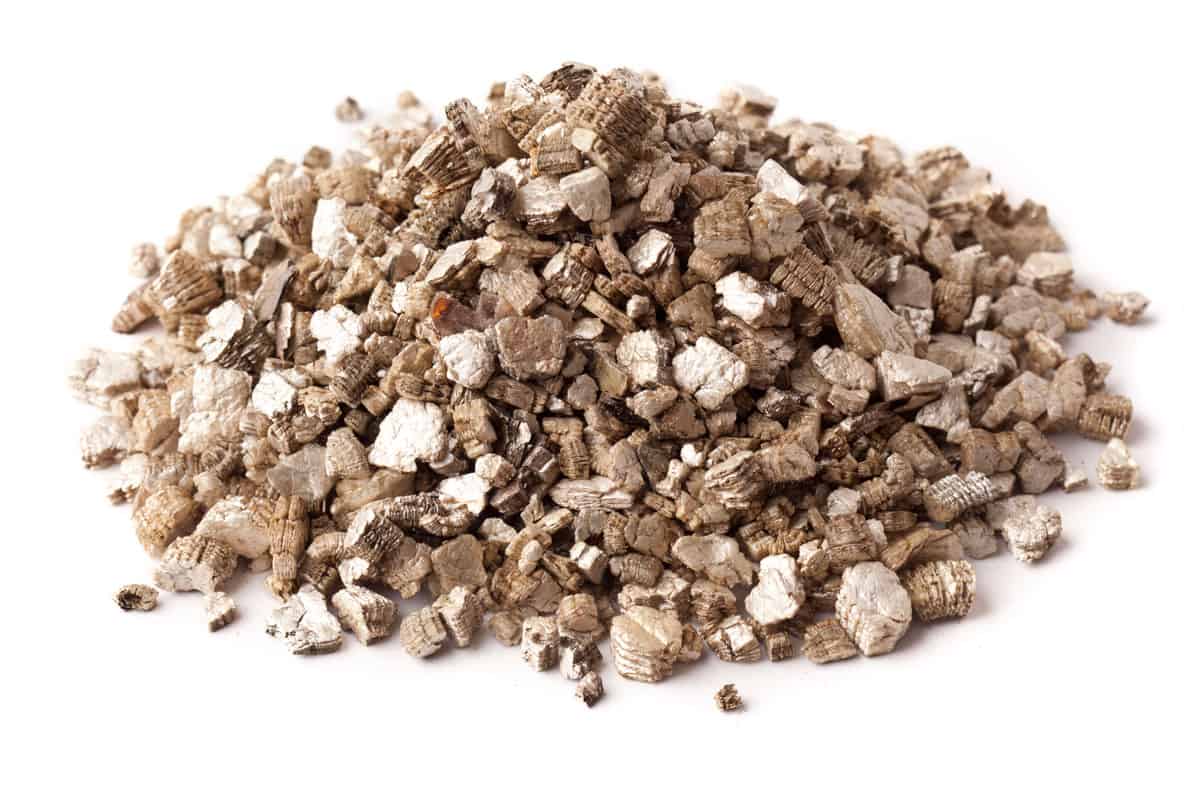
Vermiculite is the perfect replacement for perlite because it absorbs and releases water and nutrients as needed and can help improve drainage.
If you are using vermiculite to improve an established plant's health, then around twenty-five to thirty percent vermiculite will work best. If you are growing seeds or seedlings, you need fifty percent vermiculite for the best mix.
Woodchips
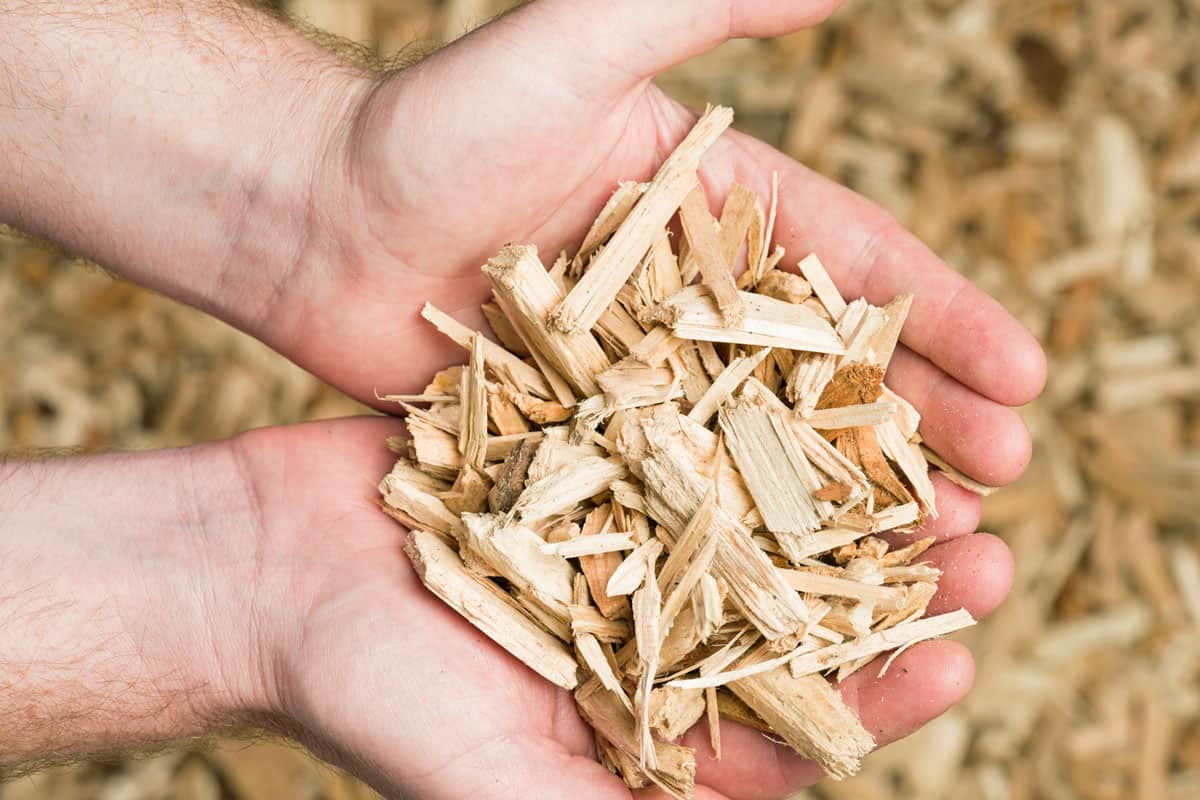
Woodchips can replace perlite because they hold onto water and nutrients and release them back into the soil over time. They are also great at improving the aeration of the soil and channeling excess water.
Wood chips can either be mixed into the soil or added around the base of plants as an evaporation guard. One thing to note about woodchips is that they can increase the acidity of your soil.
Like evergreen trees, some plants don't mind the acidity, but vegetable gardens will. If you want to add woodchips as a replacement for perlite, it would be best not to in gardening situations.
Final Thoughts
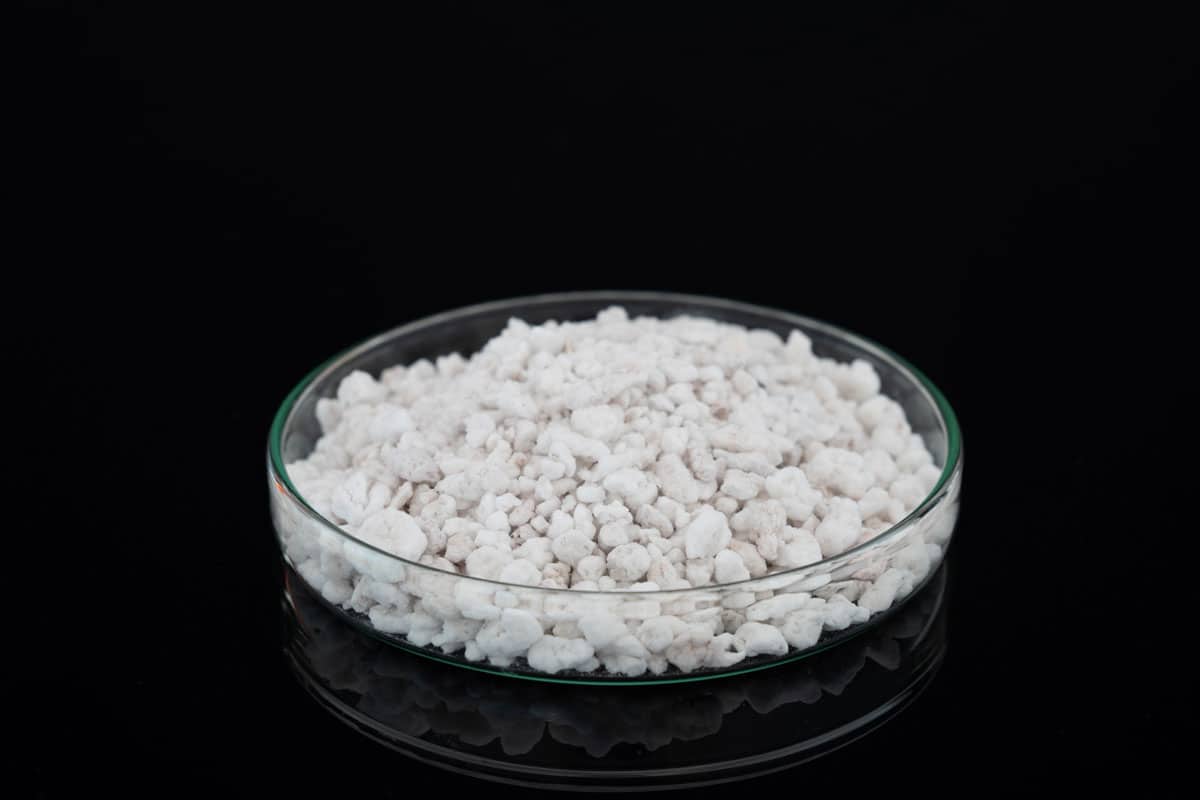
In this article, we learned that perlite turns brown because of staining from the soil. We also learned why your perlite may change different colors and how to remove those colors.
Remember, while there are many perlite substitutes, each works differently, so it's vital to learn which is best for your situation.
We hope you enjoyed this article. If you want to learn more, check out some of these other posts.


